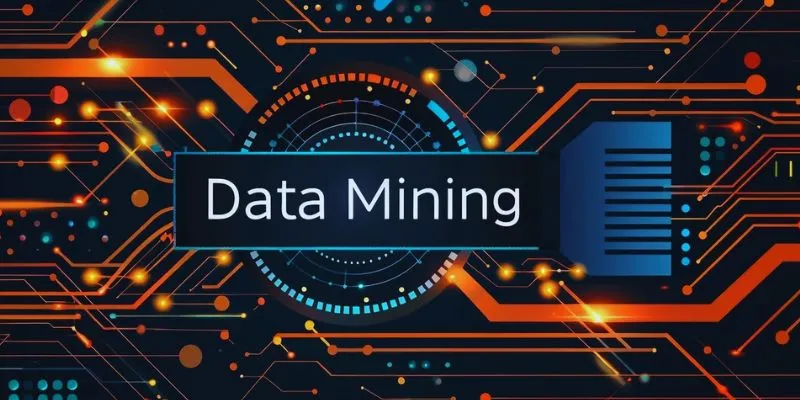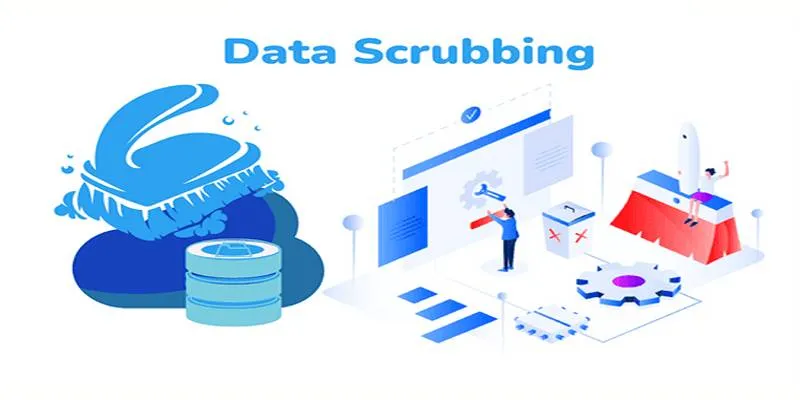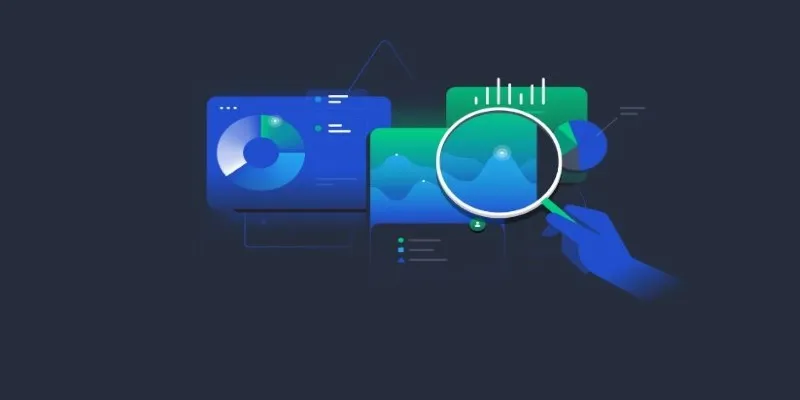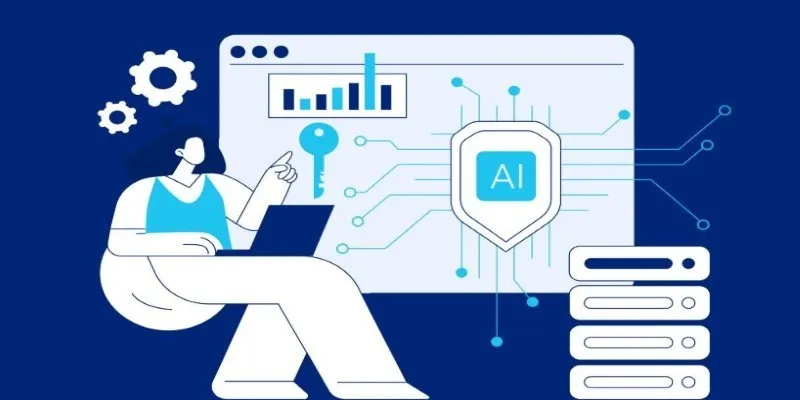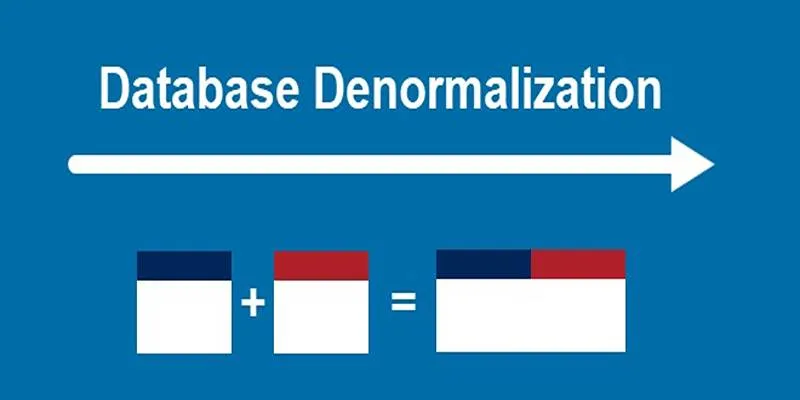How Netflix Predicts Your Next Favorite Show: The Power of Data Mining
Have you ever wondered how Netflix seems to know exactly what show you’ll want to watch next? The magic lies in data mining. In today’s digital age, businesses are inundated with vast amounts of data, making it challenging to manage effectively. This is where data mining comes into play. But what exactly is data mining, and how does it benefit businesses? Let’s delve into the world of data mining to find out!

Understanding Data Mining: How Does It Work?
Data mining is the process of discovering patterns and useful insights from large datasets. Professionals like data scientists and analytics experts often carry out this task using machine learning and statistical methods. With advances in artificial intelligence (AI), many aspects of data mining are now automated, simplifying the handling of extensive data sets, such as customer records and website logs.
The Data Mining Process
-
Data Collection: The initial step involves gathering relevant data from various sources like databases, data warehouses, and external platforms. This data is often consolidated in a central repository, such as a data lake.
-
Data Preparation: This step involves cleaning and organizing the data. Analysts explore and understand the data, addressing any issues like errors or missing values. In some cases, data transformation ensures consistency.
-
Mining the Data: Once prepared, analysts apply techniques and algorithms to uncover patterns, trends, and relationships. Machine learning algorithms are trained with sample data before being applied to the full dataset.
-
Analyzing Results: The insights derived are transformed into models that support business decisions. These findings are often presented to stakeholders through charts and simple explanations to narrate the story behind the data.

Why Data Mining Matters
Data mining is crucial for businesses, enabling them to make informed decisions by revealing hidden patterns and trends. By analyzing this information, companies can better understand their operations and plan effectively for the future. One significant advantage is in marketing and sales, where data mining helps businesses tailor their marketing campaigns to customer preferences and behaviors, enhancing their effectiveness.
Moreover, sales teams can leverage this information to improve deal closures and upsell products to existing customers. Data mining also enhances customer service by providing agents with valuable insights during interactions. In supply chain management, data mining predicts product demand and market trends, enabling better inventory management and streamlined distribution systems. Overall, data mining contributes to smarter decisions, increased profits, and a stronger market position, making it an indispensable tool for modern businesses.
Popular Data Mining Techniques
Data mining employs various techniques and algorithms to convert large datasets into actionable insights. Some of the most common techniques include:
-
Association Rules: This technique identifies relationships between items, such as products frequently purchased together, aiding in strategic promotions and product placements.
-
Classification: It categorizes data into predefined groups, helping to organize similar data points based on shared characteristics.
-
Clustering: Unlike classification, clustering does not use predefined labels. It groups data based on similarities, offering broader categorization.
-
Decision Trees: These tools assist in making predictions through a series of questions, forming a tree-like structure that guides decisions based on different conditions.
-
K-Nearest Neighbor (KNN): KNN classifies data based on its proximity to other data points, grouping or predicting new information based on similarity.
-
Neural Networks: Mimicking the human brain, neural networks process data through interconnected nodes, excelling in tasks like image recognition and predictions.
-
Predictive Analysis: It uses historical data to forecast future outcomes, building models that make informed predictions.
Top 10 Data Mining Tools
Data mining tools are essential for extracting valuable insights from extensive datasets. Here are ten popular tools used by businesses today:
-
RapidMiner: Offers a user-friendly interface with drag-and-drop features, supporting machine learning, deep learning, and predictive analytics.
-
Oracle Data Mining: Integrated with Oracle Advanced Analytics, it excels in classification, prediction, and fraud detection.
-
IBM SPSS Modeler: Ideal for non-programmers, this tool allows users to build predictive models through a drag-and-drop interface.
-
Weka: An open-source tool from New Zealand, it features numerous machine-learning algorithms without requiring coding.
-
KNIME: A free tool with pre-built components for data analysis, suitable for tasks like fraud detection and credit scoring.
-
H2O: Combines AI and data science, supporting various machine learning functions with free and paid options.
-
Orange: Known for its intuitive drag-and-drop interface, it’s perfect for beginners and researchers.
-
Apache Mahout: An open-source tool designed for building scalable machine-learning applications.
-
SAS Enterprise Miner: Used for creating predictive models and identifying patterns, particularly in marketing and fraud prevention.
-
Teradata: Excellent for cloud-based data mining with flexible pricing and support for multiple platforms.
Conclusion
Data mining has emerged as a powerful tool for both businesses and researchers, transforming raw data into valuable knowledge. By leveraging techniques like clustering, classification, and predictive analysis, businesses can quickly identify patterns and act on them, staying ahead of the competition. As a result, data mining enables smarter decisions, improved services, and accurate trend predictions, solidifying its role as an essential asset for modern enterprises.
 zfn9
zfn9
